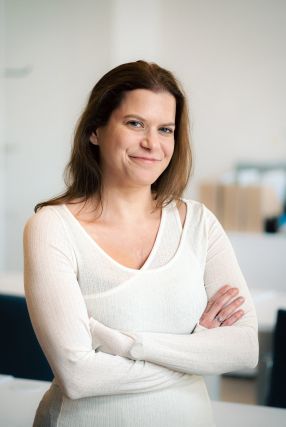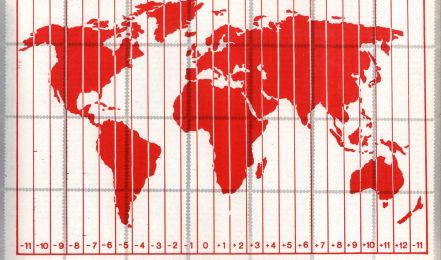‘avant-garde’
- « previous
- 1
- 2
- next »
Judit Galácz
… a staff member of the KEMKI Archive and Documentation Center (ADK). Her field of research includes avant-garde theatrical experiments in the interwar period, their art-theoretical background and international relations. In 2013-2014, she completed a one-year MA programme in Comparative History at the Central European University. From 2014 until 2021, she was a staff member for popular education at the Hungarian Theatre Museum and Institute – Gizi Bajor Actors’ Museum. In 2017, she curated an …
László Moholy-Nagy documents from Levente Nagy's collection
… work and personal relationships, but also offers a comprehensive and coherent overview of the avant-garde art and trends of the interwar period. /Judit Galácz/
Mission and Goals
… and media library in the Central Eastern European region for documents and works of the Neo-Avant-Garde artists and a wide range of experimental tendencies (artist's books, artist's stamps, mail art / correspondence art, visual poetry, conceptual art, fluxus, performance art etc.). Its main tasks include the development, processing and researching of the collection, the organisation of small exhibitions, art/professional events, the realisation of publications on the history of Artpool …
Networking the Peripheries / World Art Post: International Artist Stamp Exhibition
At OFF-Biennale Budapest György Galántai (1941), artist and organizer of the Balatonboglár Chapel Studio (1970–1973), has been continuously expanding his international mailing list since the 1970s, through which he initially sent his own publications. In 1973, the exhibition Text(s) (organized by Dóra Maurer and Gábor Tóth) featured works by Uruguayan artist Clemente Padín (1939), as well …
The Estate of Lajos Vajda
Lajos Vajda (1908–1941) was a prominent figure of the Hungarian avantgarde who did not receive the recognition he deserved during his short lifetime. His wife, Julia Vajda, spent her entire life trying to rectify this, not only in Hungary, but in Europe as well. It was thanks to her perseverance that the majority of his artworks, which were known only to a close circle of friends and …
- « previous
- 1
- 2
- next »



